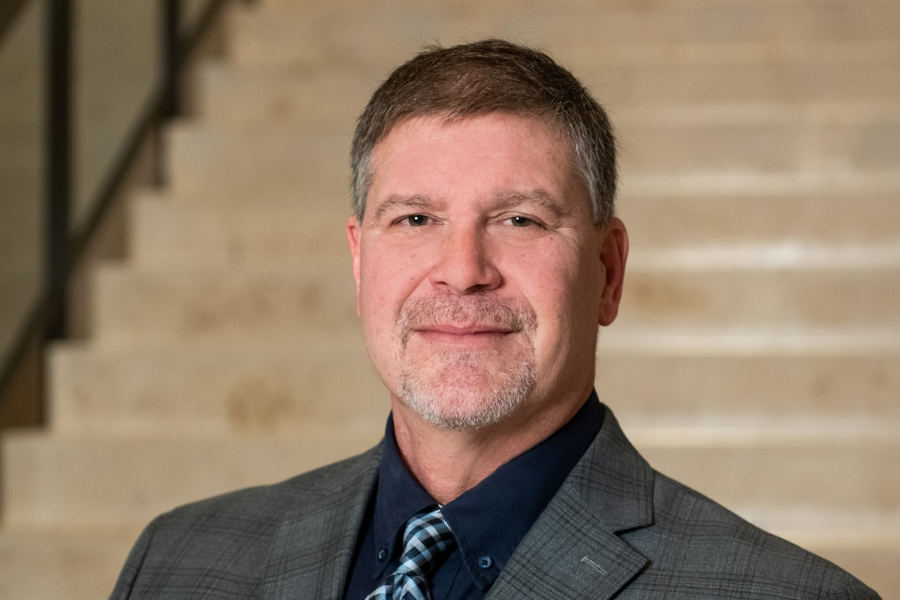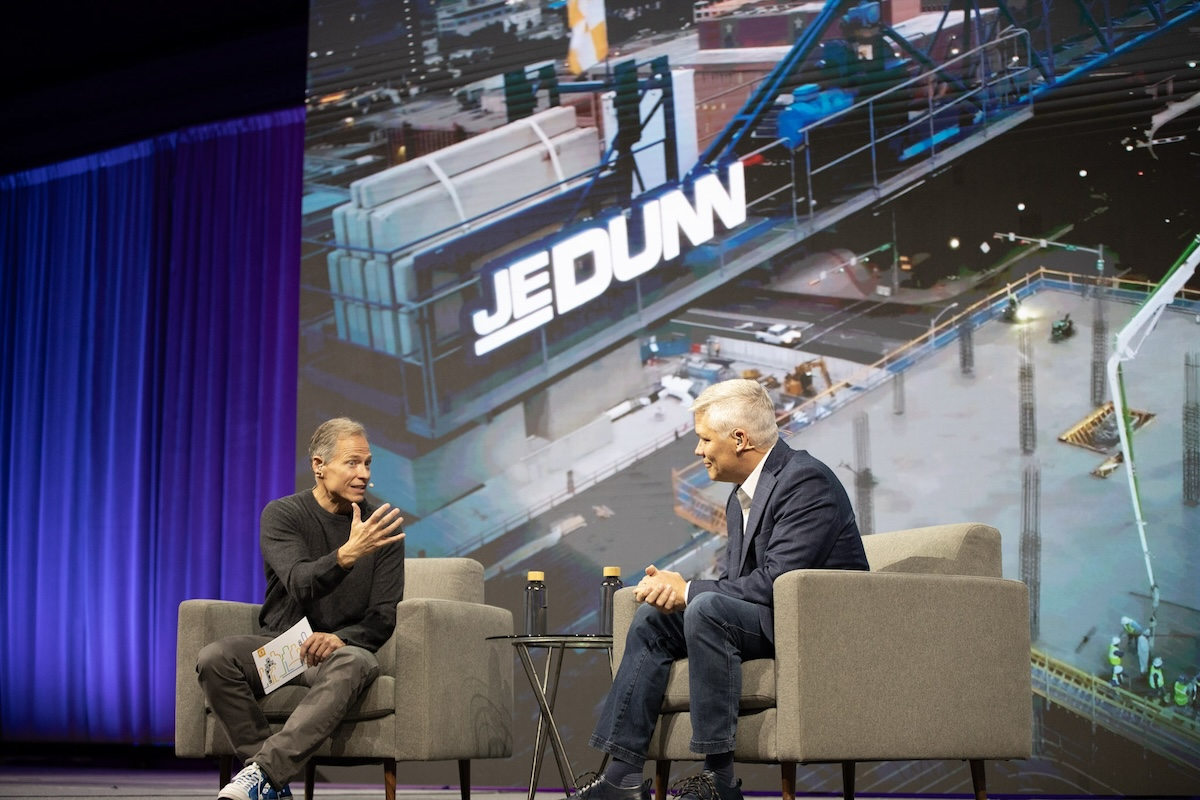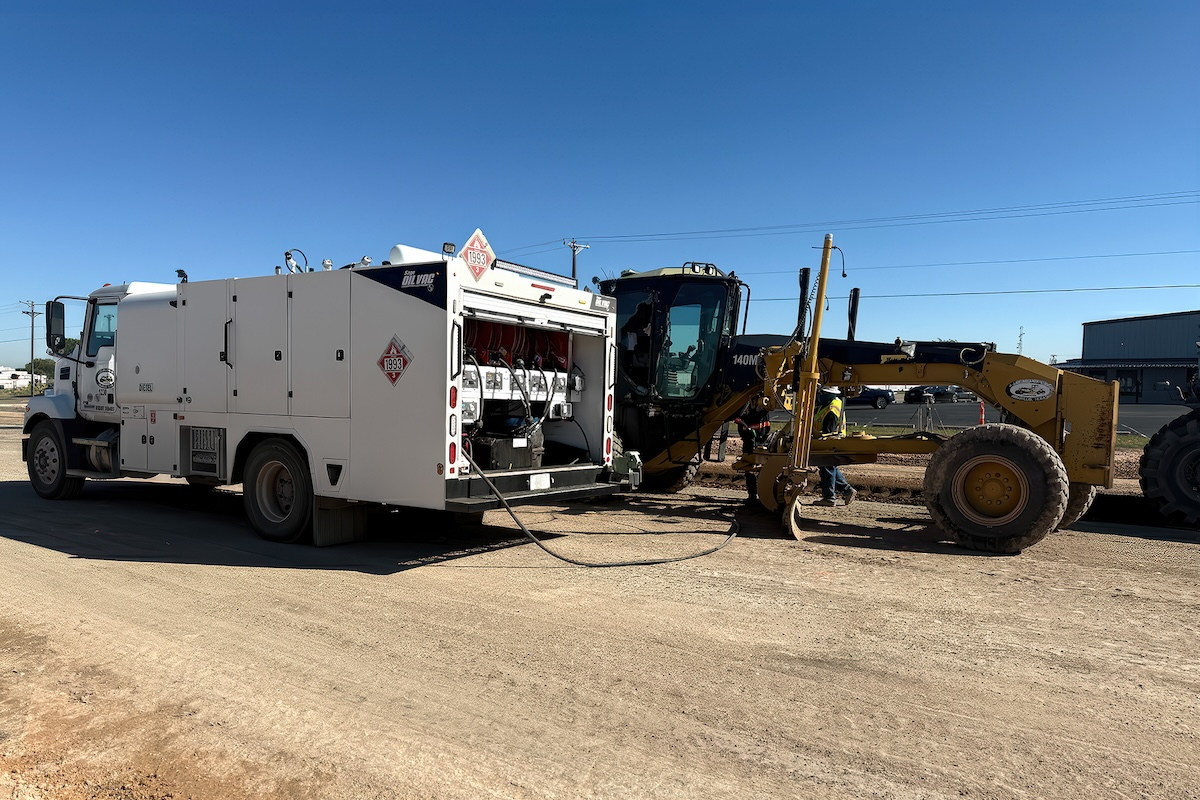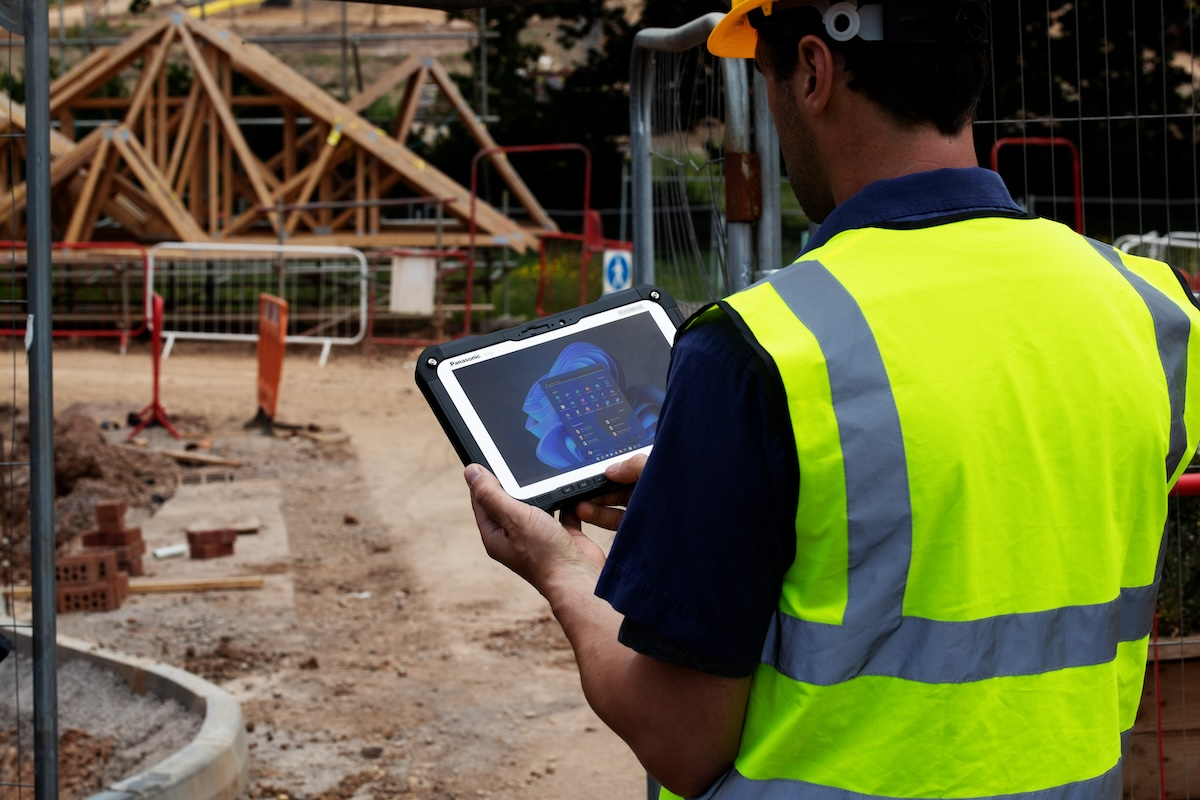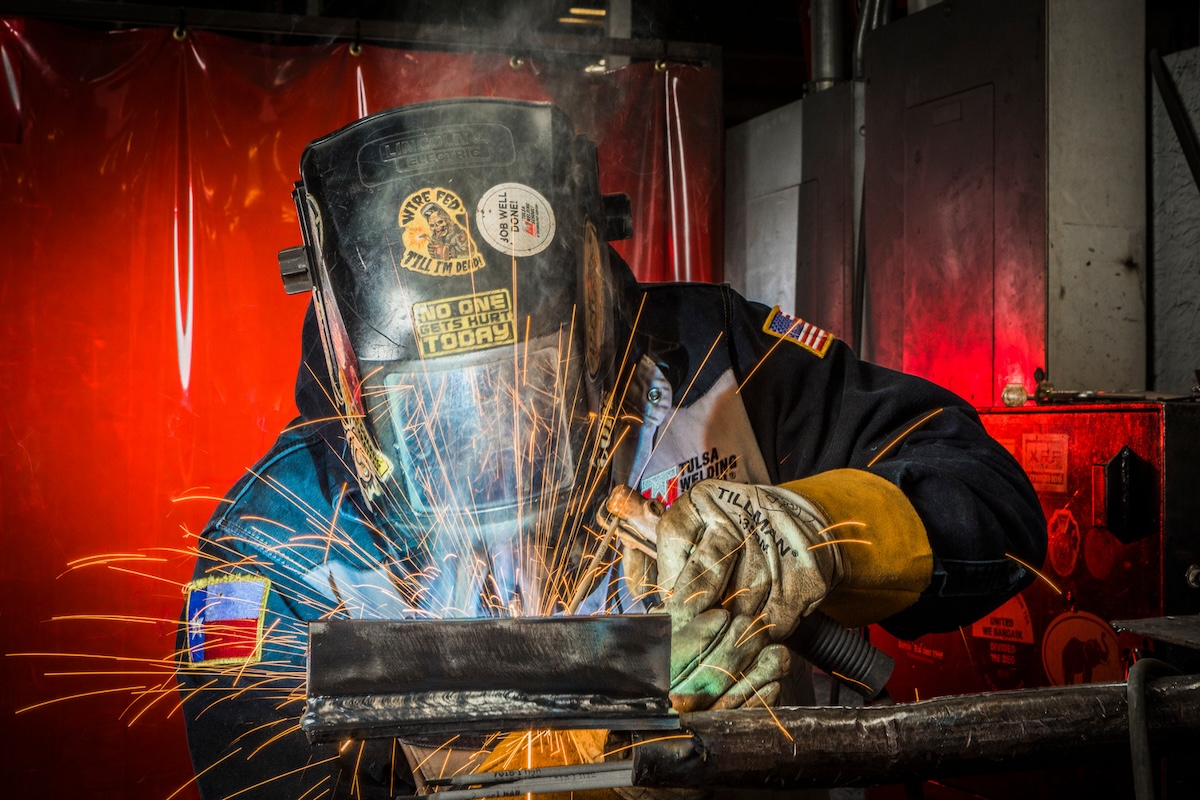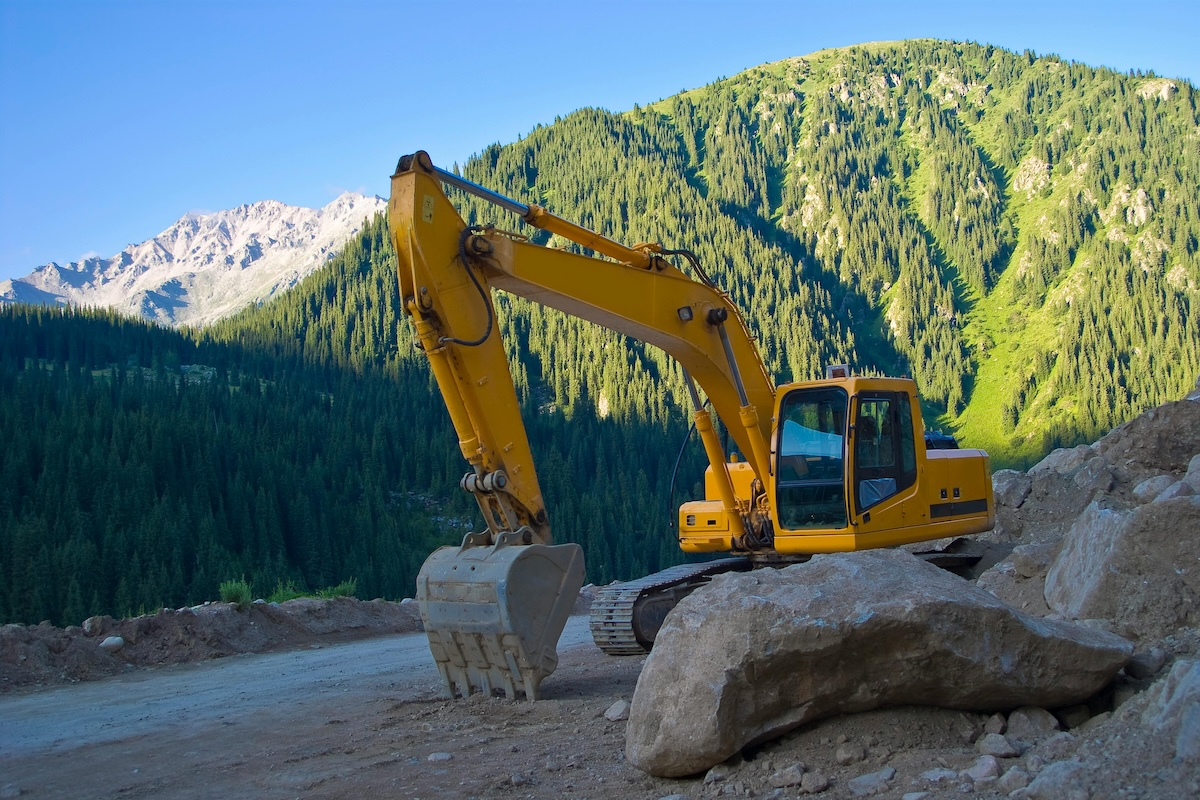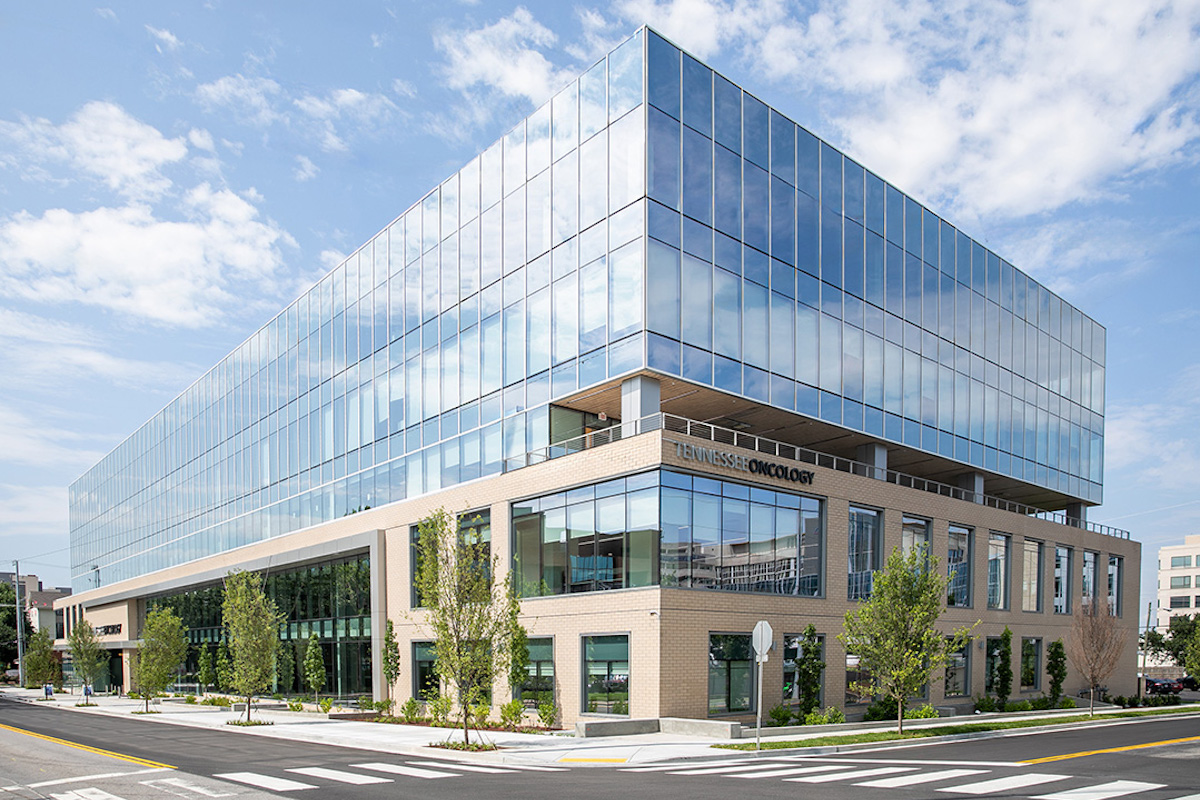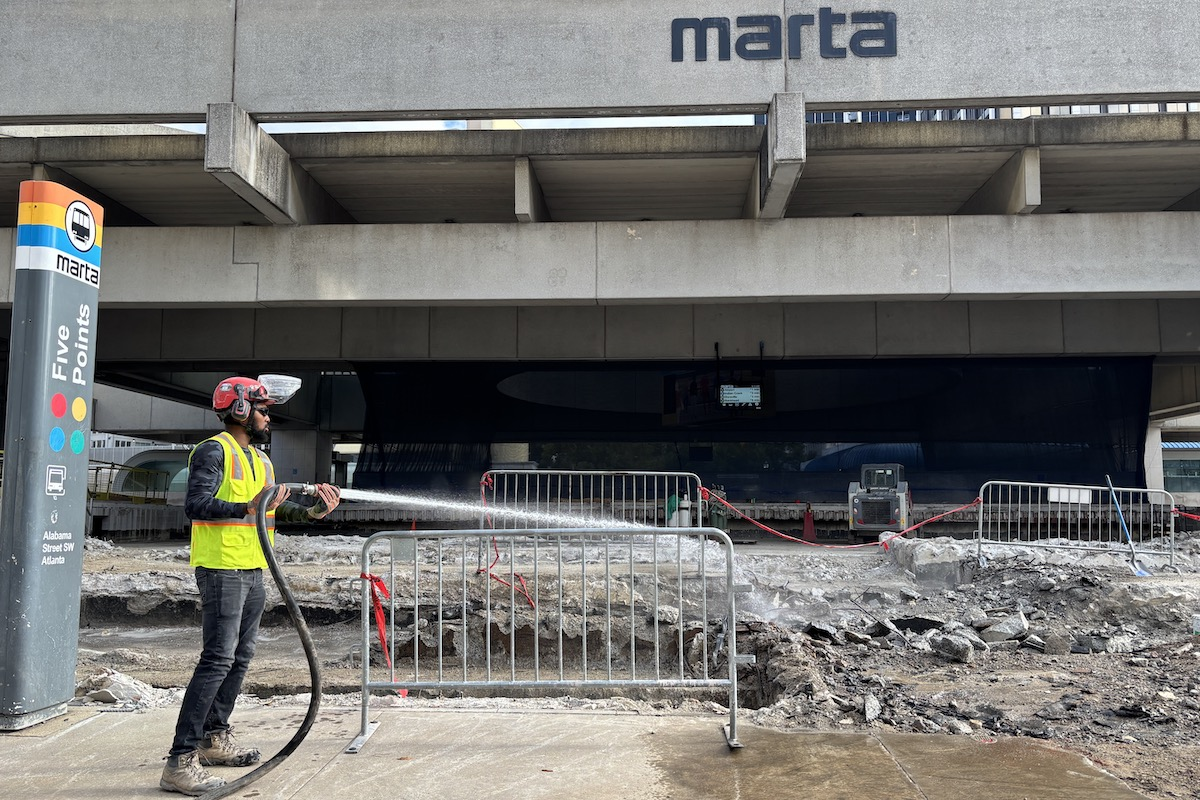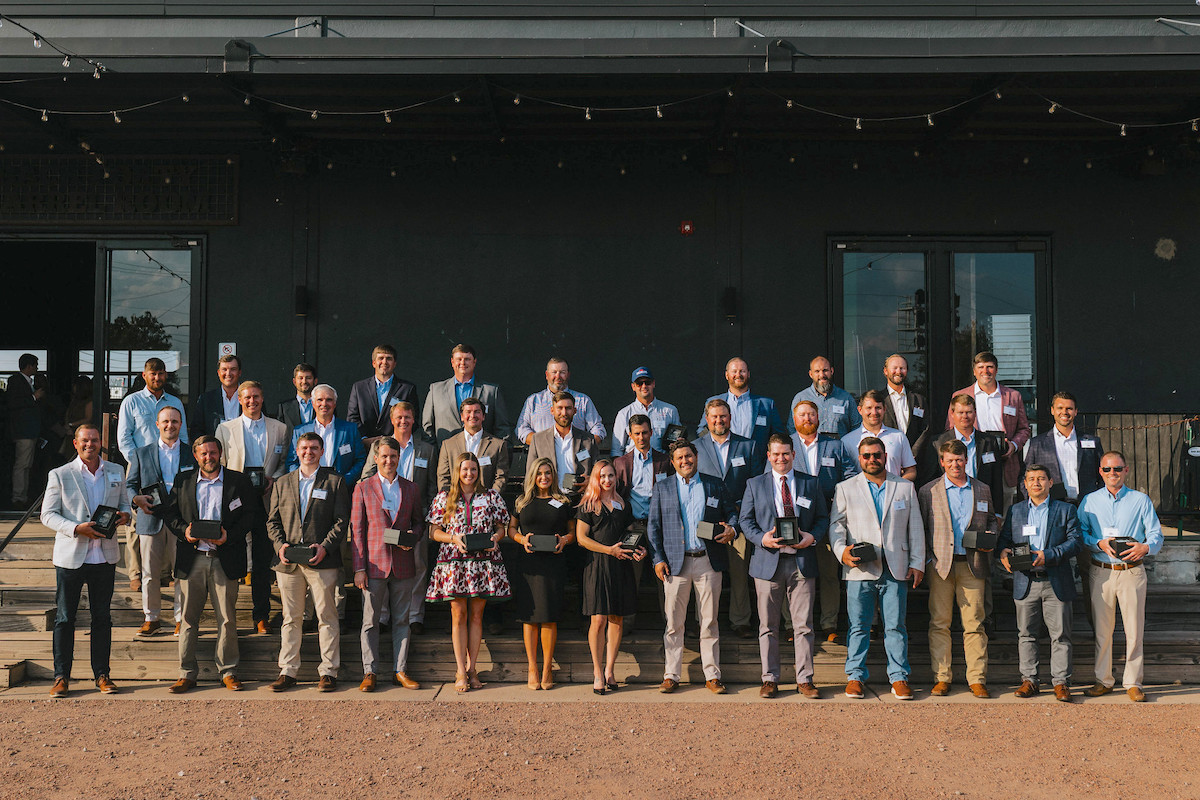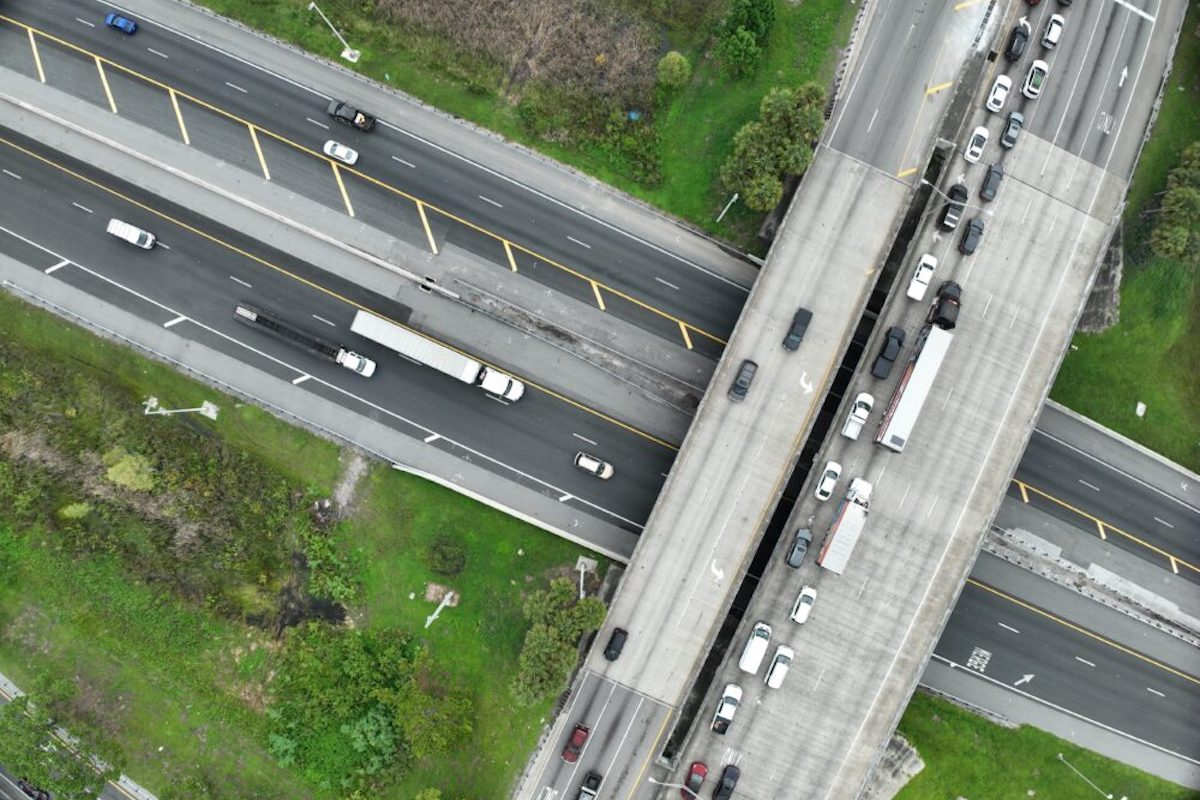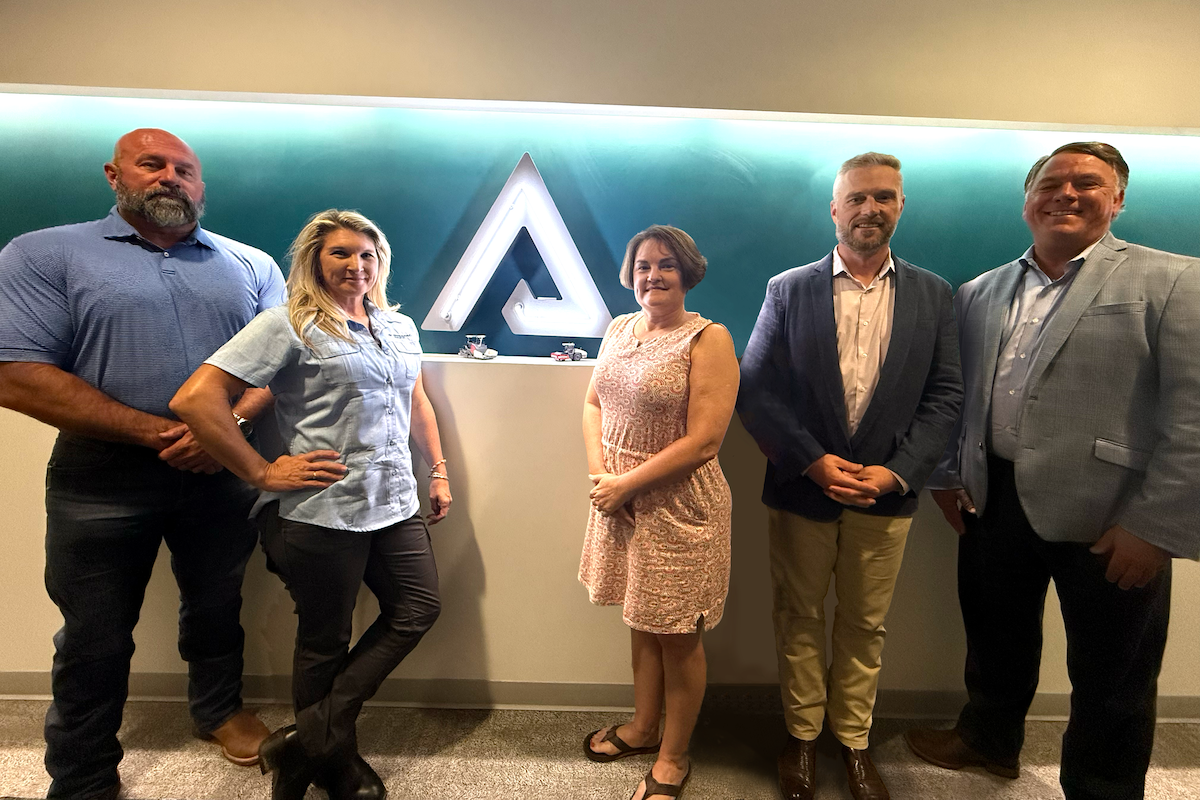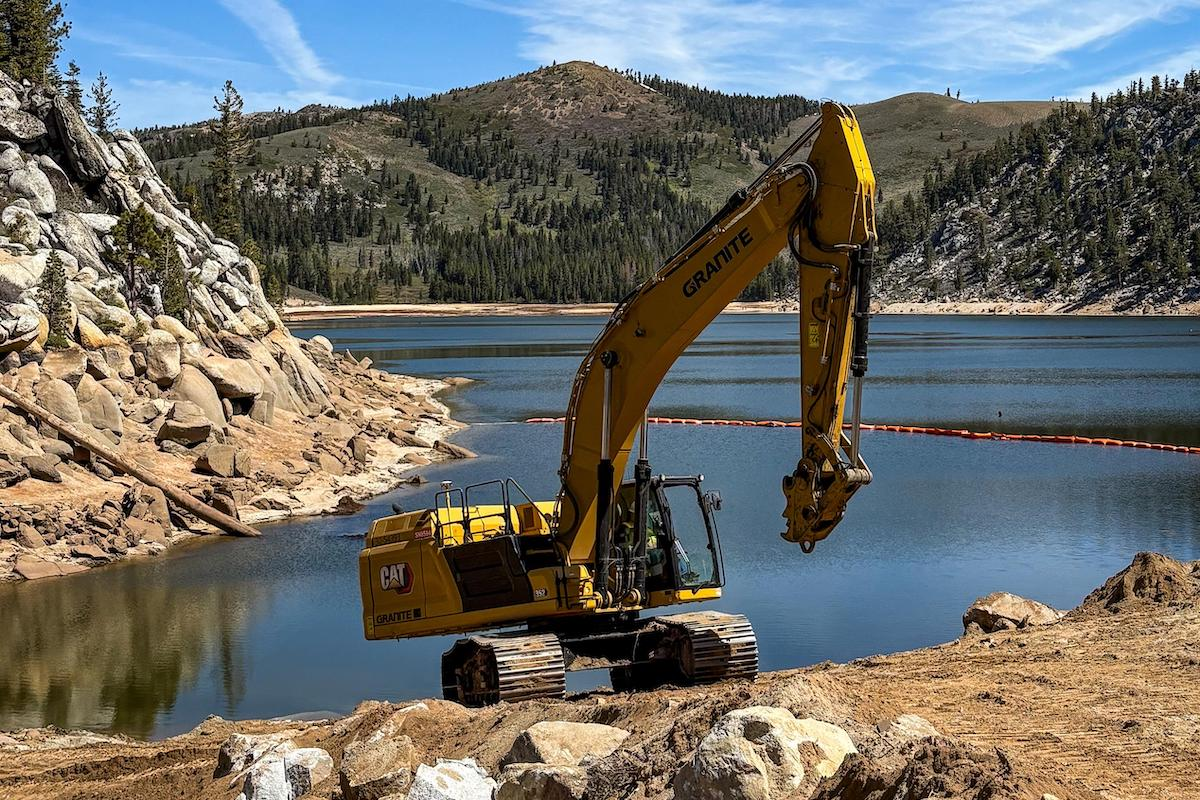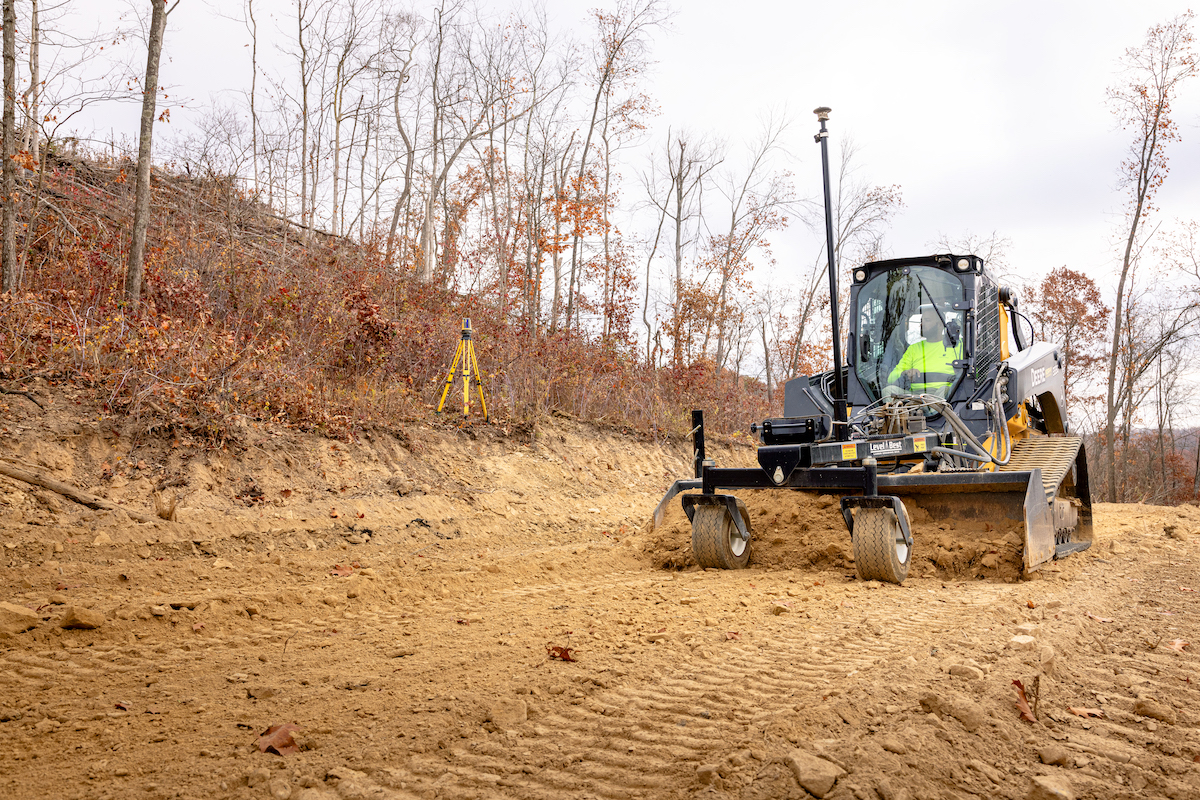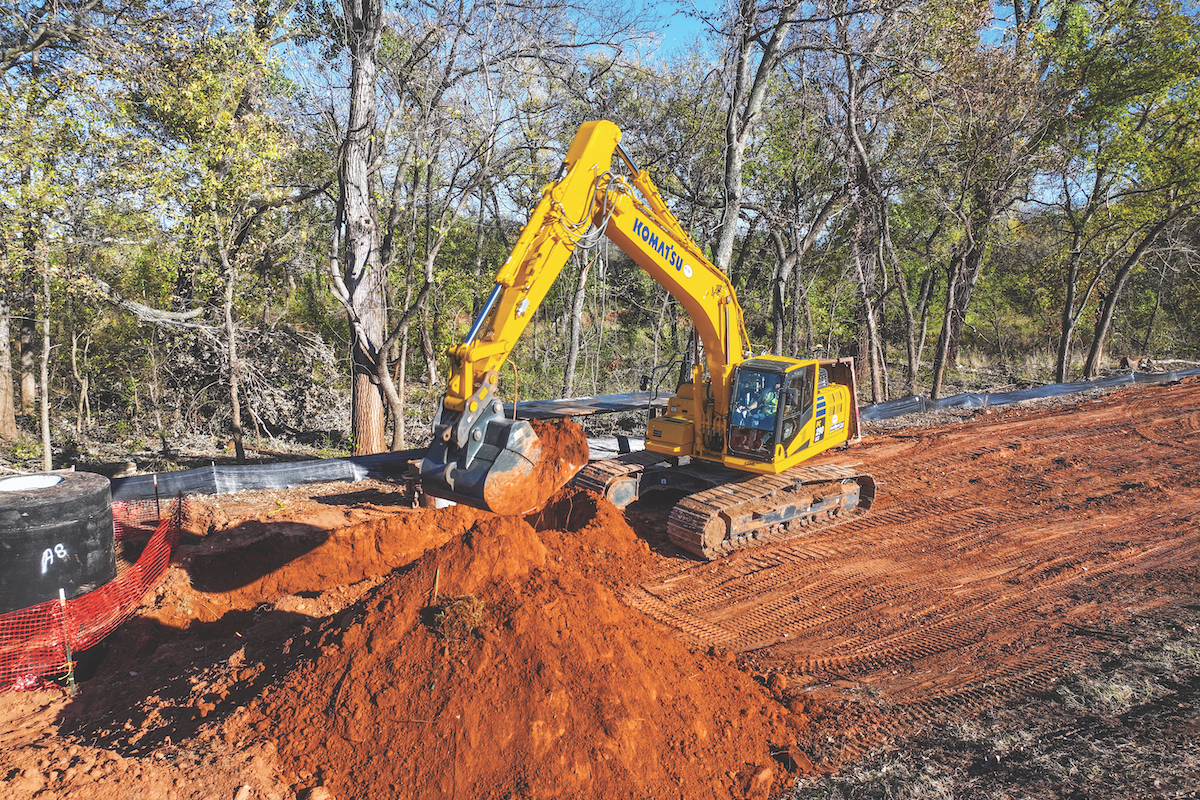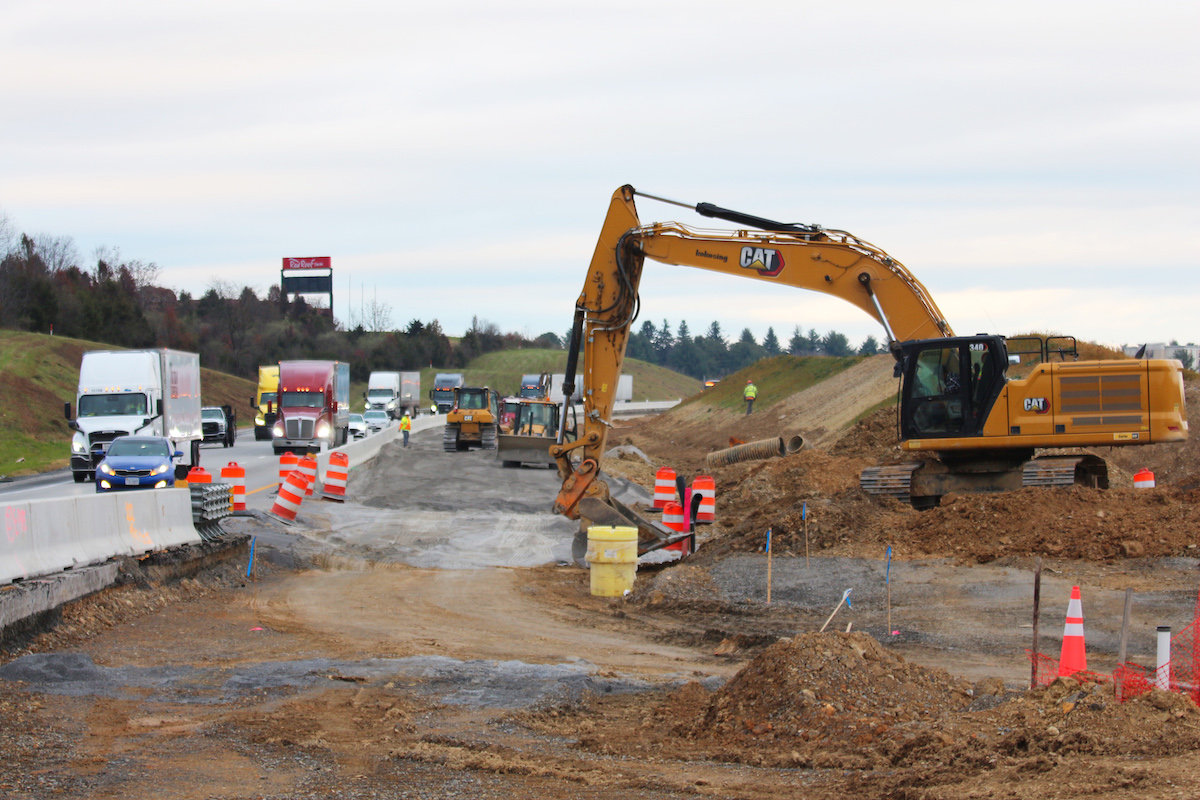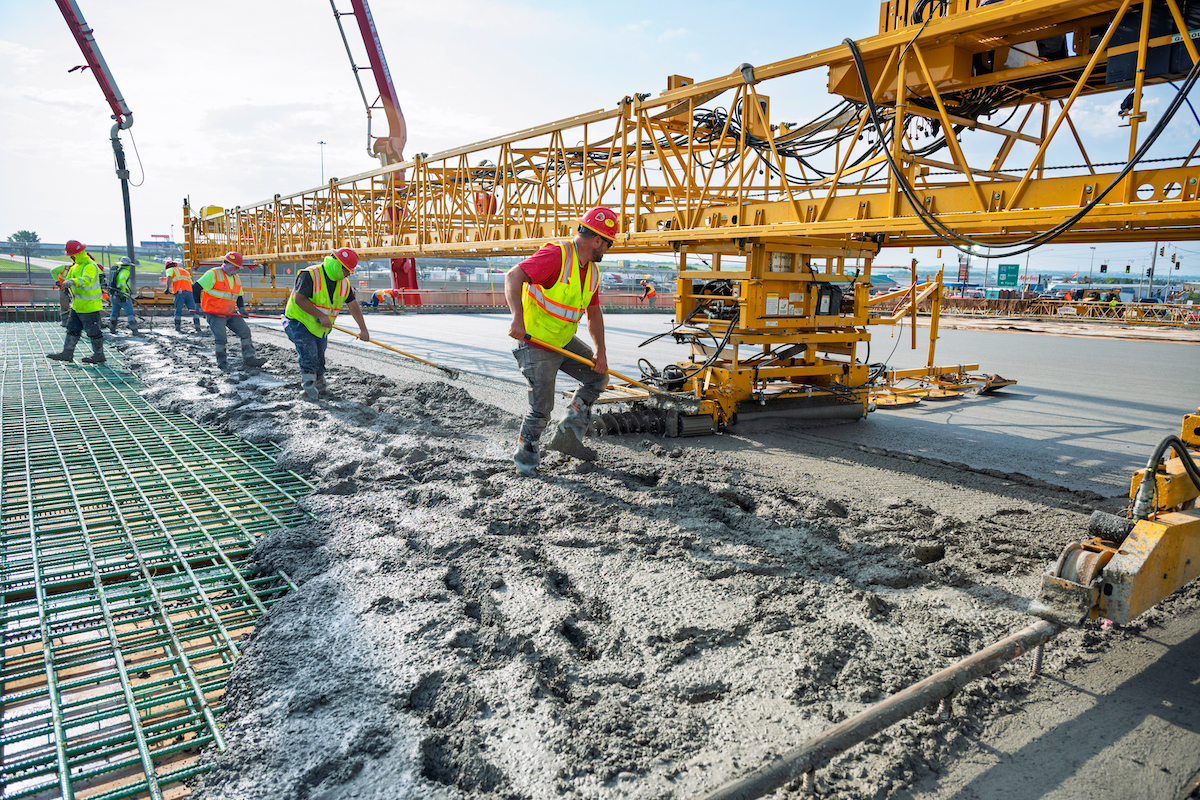“The I-80/Gilman Street Interchange project will enhance safety and mobility at a location of critical safety concern for people using all modes of transportation, including bicyclists, pedestrians, and motorists,” said Tess Lengyel, Executive Director of the Alameda County Transportation Commission (CTC).
This length of Gilman Street is an active industrial and commercial area with many driveways, including one to the city of Berkeley’s recycling center. The interstate is one of the most heavily used freeways in the San Francisco/Bay Area, including for freight movement, according to the Alameda CTC.
Multiple studies have been completed about the interchange, dating back to 1998. They concluded that signals and stop signs would not work, and enough room did not exist to add a diamond interchange.
The I-80 Corridor ranks as one of the most congested corridors in the area, with traffic volumes in some locations reaching nearly 300,000 vehicles per day. I-80, typically, is the first freeway in this area to experience congested conditions throughout the day, extending from morning commute hours to evening commute hours. In 2015, the annual average daily vehicle count was about 16,000 at the Gilman interchange.

| Your local Bobcat dealer |
|---|
| Pinnacle Central Co Inc |
Berkeley officials had expressed concern about the risks the interchange poses to cyclists, according to the 2018 presentation by the Alameda CTC. It is a key route for bicyclists, pedestrians, and motorists to regional recreational facilities and popular businesses located in the area.
The area also serves as an access point for the Bay Trail, a more than 350-mile walking and cycling path that connects around the entire San Francisco Bay.
“The project is also bringing benefits to the entire region by completing a gap in access to the Bay Trail, one of the Bay Area’s best-known and most accessible walking and cycling paths,” Lengyel said.
The project is a collaboration between the California Department of Transportation (Caltrans) and the Alameda CTC, with the cities of Berkeley and Albany cooperating. Alameda CTC serves as the lead design and funding agency, and Caltrans leads the construction. Additional stakeholders include the East Bay Regional Park District, the East Bay Municipal Utility District, Union Pacific Railroad, California Public Utilities Commission, multiple bicycle groups, and the business community.
Funding for the project primarily came from state funds and Measure BB, approved by Alameda County voters to fund transportation initiatives. The I-80/Gilman Street Interchange project was specifically cited at the time of the vote as a construction priority. Some local and federal dollars also funded the project.
“By investing in safety and transportation options that are more sustainable and equitable, Alameda CTC is delivering on the promise we made to voters in 2014 when they approved the transportation sales tax measure that provides critical funding for these projects and programs,” Lengyel said.
Parsons Corp. of Chantilly, Virginia, designed the project and serves as engineer of record.
According to the Alameda CTC, “The pedestrian bridge will improve Bay Trail access and enhance safety for bike riders and pedestrians. It was constructed in one of the Bay Area’s most visible locations. Hundreds of thousands of people have seen its construction every day and watched its progress over the last several years.”
The second construction phase consists of building roundabouts for entry and exit to the interstate, adding bike lanes on one side of Gilman Street, creating a dedicated pedestrian and bicycle path through the intersection, closing the Bay Trail gap, making improvements to the Union Pacific at-grade railroad crossing on Gilman, and upgrading existing signage and lighting.
“What is challenging is the number of entities involved,” which has required coordination, said Will Dieterich, Project Engineer with O.C. Jones. “But what’s exciting is the safety and better flow that is going to come from this.”
Alameda CTC and Caltrans decided on roundabouts, which offer a variety of benefits. Roundabouts promote a continuous traffic flow, improve vehicle fuel efficiency, and reduce the risk of motor vehicle accidents, by eliminating left-hand turns and the need for vehicle merging and queuing. The Federal Highway Administration reports that installing a roundabout can reduce fatal crashes by 90 percent. Additionally, the roundabouts will provide pedestrian islands.
The roundabouts take up more space than the existing entrances and exits from the freeway, so the intersection becomes wider, Dieterich explained. Crews are paving the roundabouts with asphalt.
The construction team identified eight phases and 13 subphases for managing Phase 2. Parsons developed the traffic management plan, considering suggestions from workshops and community meetings.
“We are building different areas in quadrants,” said Dieterich, reporting that O.C. Jones currently works on the east side of the interchange in the second of four quadrants, creating a temporary roundabout so people can become familiar with the alignment. When finished with the second quadrant, crews will shift to the west side of I-80.
The plan includes changing traffic flow on Eastshore Highway, which carries two-way traffic, to improve safety during construction of one of the roundabouts. Once the temporary roundabout opens, there will be one-way traffic on Eastshore. Gilman Street was closed for 50 days in 2023, while the contractor reconstructed the street and rebuilt it with design improvements.
During that time, Union Pacific crews removed the existing crossing, about two blocks from I-80, and installed new crossing equipment and warning lights, while not affecting Union Pacific’s and Amtrak’s rail service. This represents the first bicycle lane crossing a Tier 1 railroad, and the first Union Pacific rail crossing adjacent to a roundabout.
The contractor remained vigilant to avoid any construction-related environmental impacts, due to its proximity to the San Francisco Bay, or culturally sensitive resources.
O.C. Jones used a large core drill for some of the sign foundations, which reach to a depth of 23 feet. The project is scheduled for completion in fall 2024. Dieterich praised the teamwork involved.
For years, bicycle riders and walkers have avoided the interchange due to safety concerns, according to the Alameda CTC. The new intersection prioritizes the safety and experience for all users.












